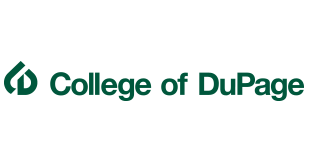Document Type
Article
Publication Date
Fall 2011
Abstract
Friedrich Nietzsche, the nineteenth century philosopher (1844 -1900), whose works speak of his unyielding search for an art of life, warns of the serpent’s promise, a promise that according to Genesis 3 foreshadows tribulations. On the stage of life the promise to know, to know as a subject that actively grasps the world, is an alluring, call, one that permits free spirits to explore and design life as a work of art beyond the confines of the herd. A changing role of the knowing and imagining subject in the nineteenth century enticed philosophers and inspired artists, unleashing their creativeness to explore new modes of writing and painting. Employing imagination to "remodel experience," creating a "second nature out of material supplied by it by actual nature" emerges as the trademark of the artist, often called a genius. Yet as Nietzsche warns, knowledge’s promise to find Paradise is whispered by serpents. This article will follow the French artist Paul Gauguin (1848-1903) in his pursuit of knowledge in a number of his paintings. It is argued that this search for the tree of knowledge, while holding the promise of Paradise, is paved with questions, uncertainties, and visions about human existence explored by Gauguin in a unique language of colorful paintings and artworks.
Recommended Citation
Raepple, Eva Maria, "Art of Life: Gauguin’s Language of Color and Shape" (2011). Philosophy Scholarship. 27.
https://dc.cod.edu/philosophypub/27

